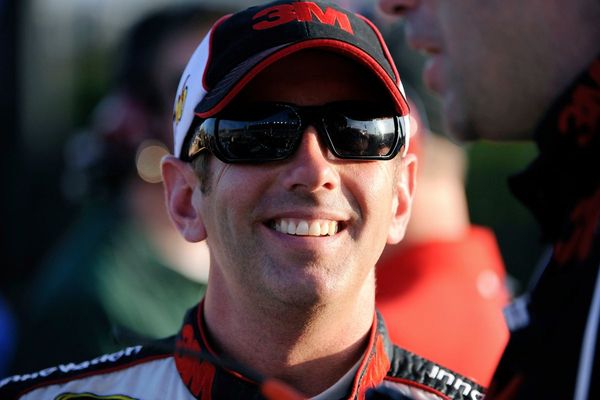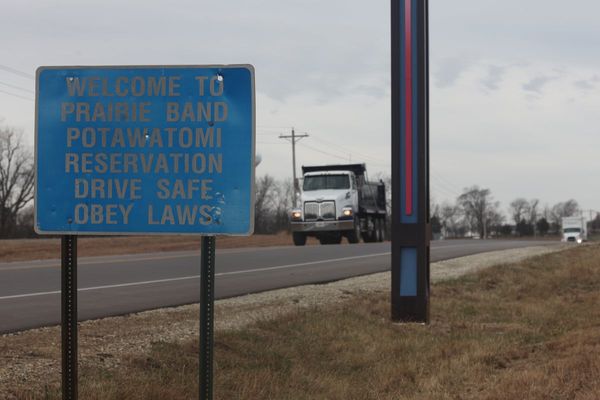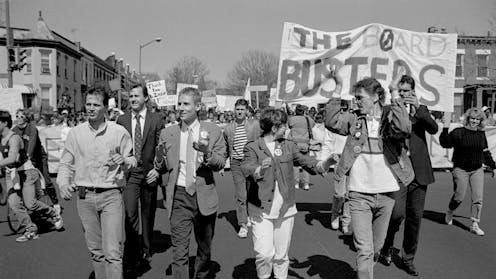
In March 1988, students of the world’s only Deaf university started a revolution that made national news. Now, the first film to document this historic uprising is screening on Apple TV+.
At the same time, American universities are grappling with the consequences of President Donald Trump’s war on diversity, equity and inclusion.
Gallaudet, home of the Deaf Rights movement
By 1988, Washington DC’s Gallaudet University had been educating Deaf students in American Sign Language (ASL) for 124 years. But it had never had a Deaf president.
For the first time, two Deaf candidates were in the running for the top job. One was Gallaudet’s own Irving King Jordan. The second was Harvey Corson of the American School for the Deaf.
The third was Elisabeth Zinser, a hearing woman from the University of North Carolina Greensboro. She had no experience of Deaf community or knowledge of ASL.
As the hearing board of trustees met to choose a new leader, the student body waited with bated breath. Self-determination in higher education – by the Deaf, for the Deaf – was finally a possibility. But once again the board chose a hearing person, Zinser.
When chair Jane Spilman was questioned about the choice, she replied, “Deaf people are not ready to function in a hearing world.”
Incensed, Gallaudet students barricaded the campus, gave impassioned media interviews and took to marching. First they marched around the university – Zinser effigies burning – and then all the way to the Capitol.
The Deaf President Now protest became national news, leading to the resignations of Zinser and Spilman, and the appointment of Jordan as president. It also helped propel the Disability Rights Movement, contributed to the 1990 Americans with Disabilities Act and inspired Deaf Pride movements around the world.
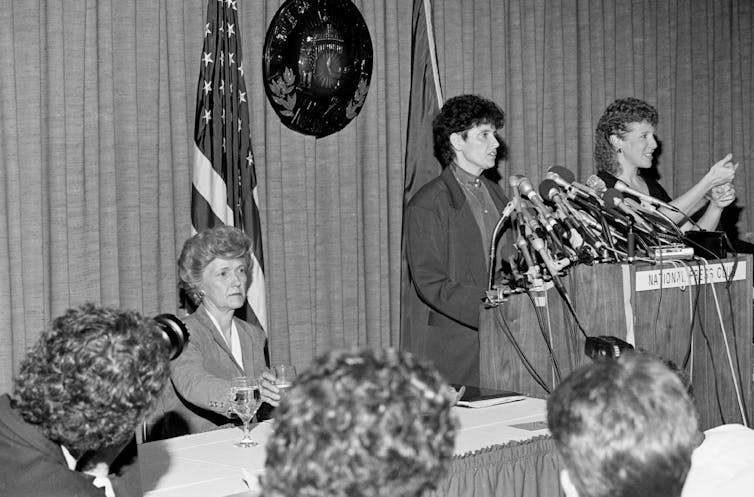
Timely, vital and imperfect
The 2025 documentary Deaf President Now! opens with footage of a political act: not from the 1988 protests, but from the present day, as the movement’s original student leaders – Bridgetta Bourne, Jerry Covell, Greg Hlibok and Tim Rarus – advise on their interview setups.
One alerts the crew they can’t see the interpreter. Another explains how much signing space they need in the frame. A third asks, joking but incisive, “What’s the microphone for?”
These aren’t throwaway moments; they show how inclusion and authenticity are only possible when Deaf people are in control of their own stories.
The film excels in exposing the paternalistic attitude and tightly-held hearing power that has long shaped Deaf education.
The film’s most powerful moments are when it contrasts the board’s dismissive rhetoric against the eloquent, impassioned arguments of the Deaf student body. Through intimate interviews and carefully curated archival footage, the documentary dismantles prevailing presumption that Deaf individuals need hearing oversight to succeed.
At the same time, the film embodies a paradox that mirrors its subject matter, as it is co-directed by hearing filmmaker Davis Guggenheim and Deaf director Nyle DiMarco.
DiMarco has been active in the screen industry for more than a decade, in acting roles and as a producer on Netflix hits Deaf U (2020) and Audible (2021). Though his involvement represents progress, Guggenheim’s raises an uncomfortable question: when will Deaf filmmakers fully own their narratives and be entrusted to lead projects?
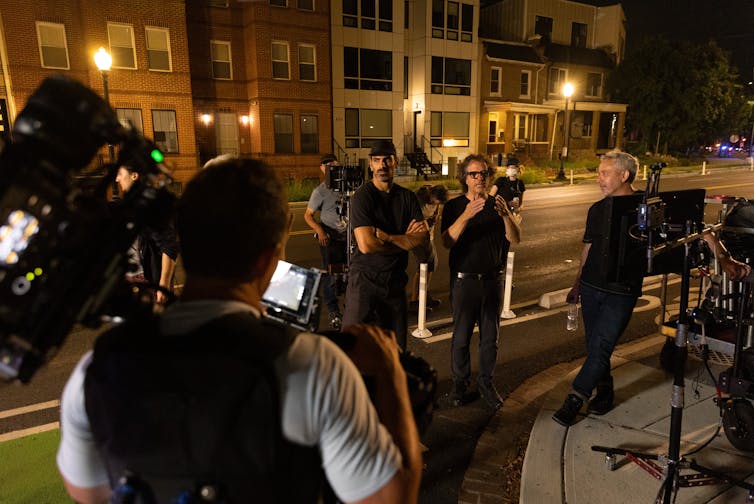
The collaboration reflects how stories celebrating Deaf empowerment often require hearing endorsement to reach a mainstream audience. The film’s distribution on Apple TV+ offers unprecedented visibility, but comes through channels controlled by hearing decision-makers.
This production context reminds us true representation extends beyond what appears onscreen, to who controls the storytelling process — a revolution unfinished in Deaf cinema.
Using film for Deaf empowerment
The industry may remain exclusive, but the camera itself can be a tool for Deaf power. Throughout history, Deaf individuals have harnessed film as a means of resistance.
The extensive archival footage in Deaf President Now! shows how, by 1988, film was already being used by the Deaf community as a form of advocacy. Through the blending of this footage with present-day interviews in ASL, we witness Deaf individuals taking ownership of their history and recounting it in their authentic language form.
The documentary also mirrors how media attention was integral to spreading the protest’s message back in 1988. This culminated in a national broadcast of a live debate between Zinser and Greg Hlibok, the then student body president.
To understand the film’s profound importance for the Deaf community, we must recognise how sign languages have historically been undocumented in their true form, with speech and writing considered superior modes of communication.
Deaf culture, language and community are powerful forces of resistance that have continually defied mainstream oppression.
Trump: a step back for the movement
While the film was long overdue, its arrival now is eerily relevant. Trump’s push for conservative policies – part of what he calls “Project 2025” – seeks to dismantle programs and funding that serve minority students, including disability groups.
Many of the protections in the Americans with Disabilities Act are under threat as a result, including fundamental rights to sign language and interpreting access in higher education and beyond.
According to the New York Times, hundreds of terms including “accessibility”, “disability”, “minority” and “inequality” are being limited or outright removed from official government materials. In some cases, grant proposals and contracts have been automatically flagged for including “woke” terminology.
The spirit of the Deaf President Now! resistance has never been more vital.
But if Deaf history has taught us anything, it’s that the Deaf community forges a deep sense of pride and connection in the face of such pressures. And films like Deaf President Now! show us how integral film is to this resistance.
Gemma King receives funding from the Australian Research Council.
Samuel Martin and Sofya Gollan do not work for, consult, own shares in or receive funding from any company or organisation that would benefit from this article, and have disclosed no relevant affiliations beyond their academic appointment.
This article was originally published on The Conversation. Read the original article.
